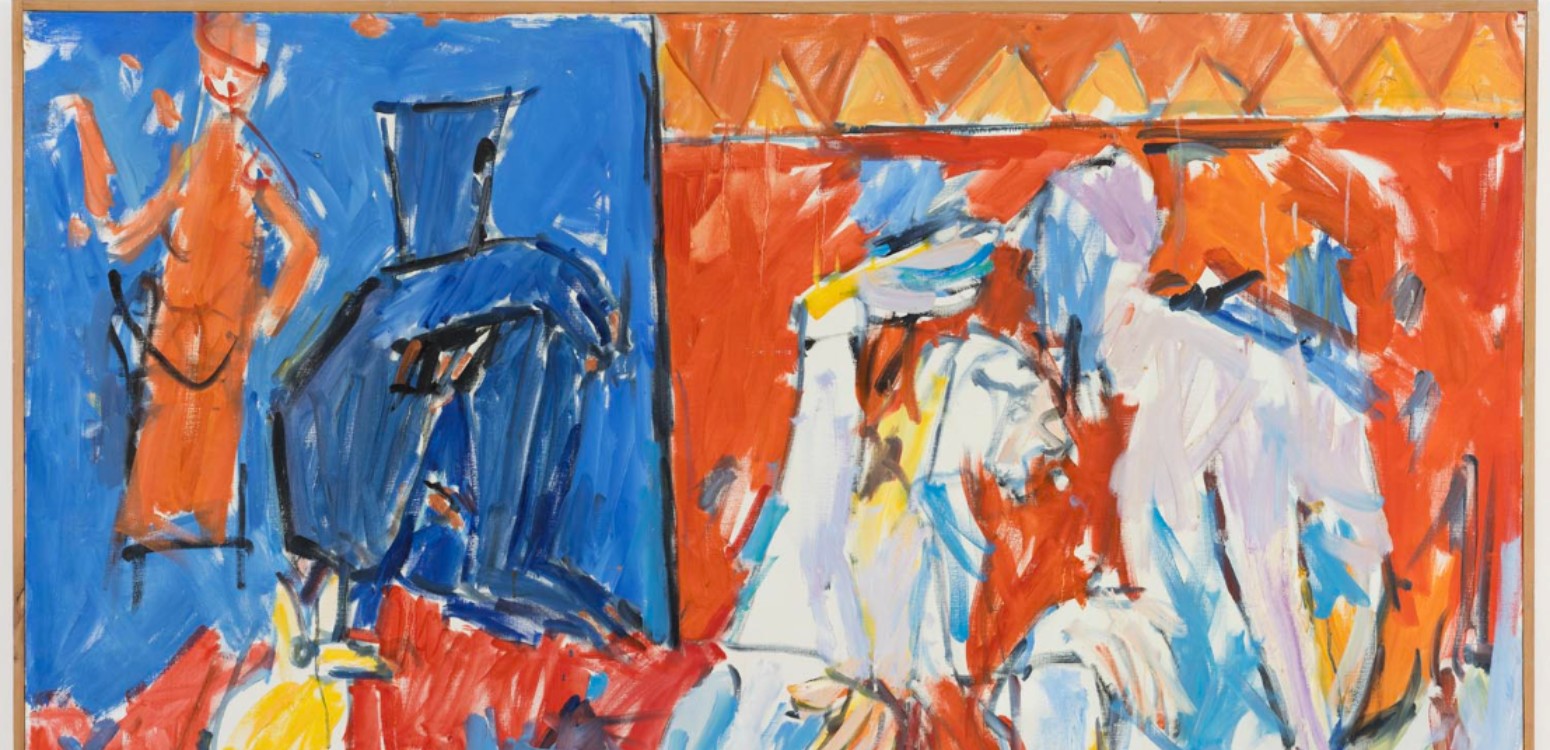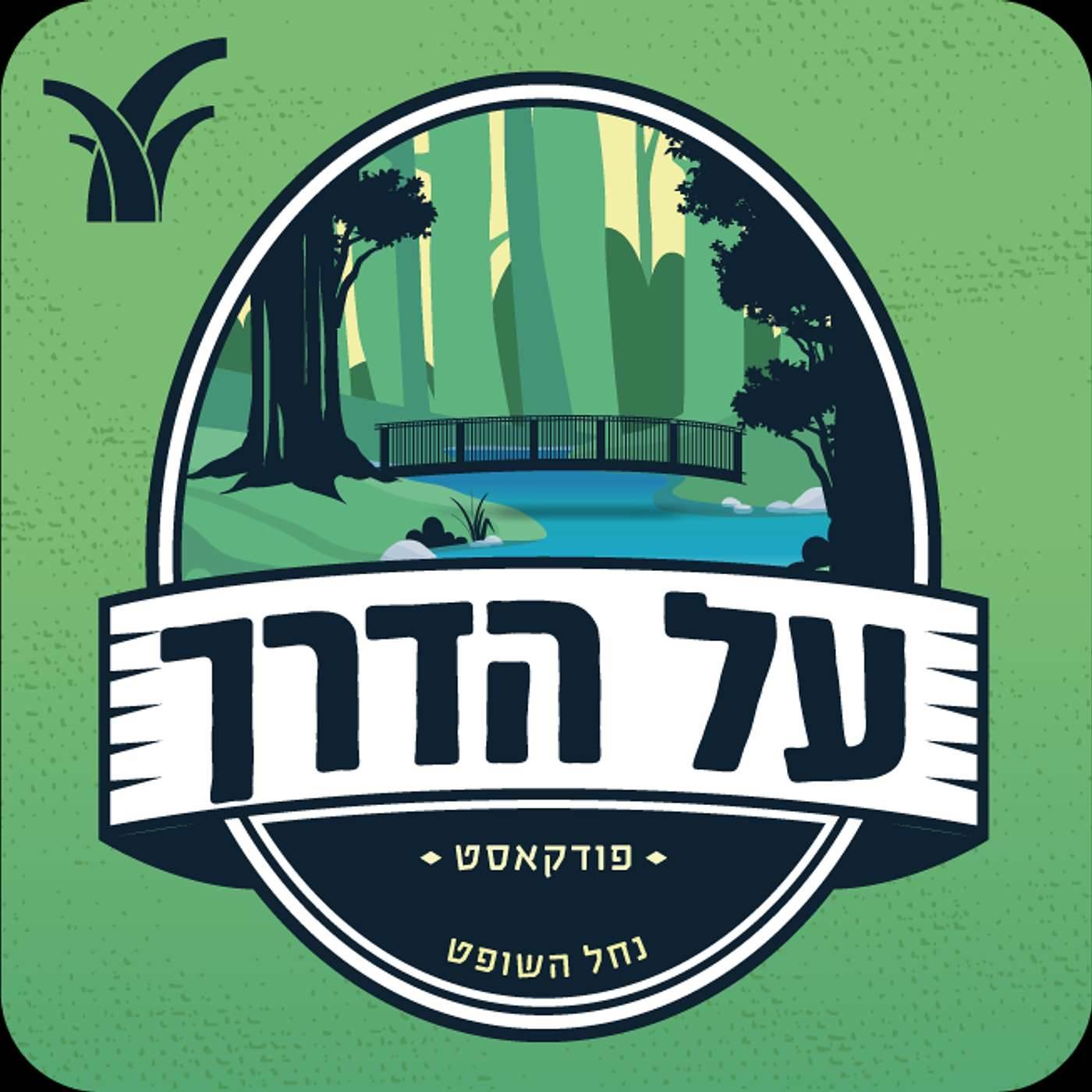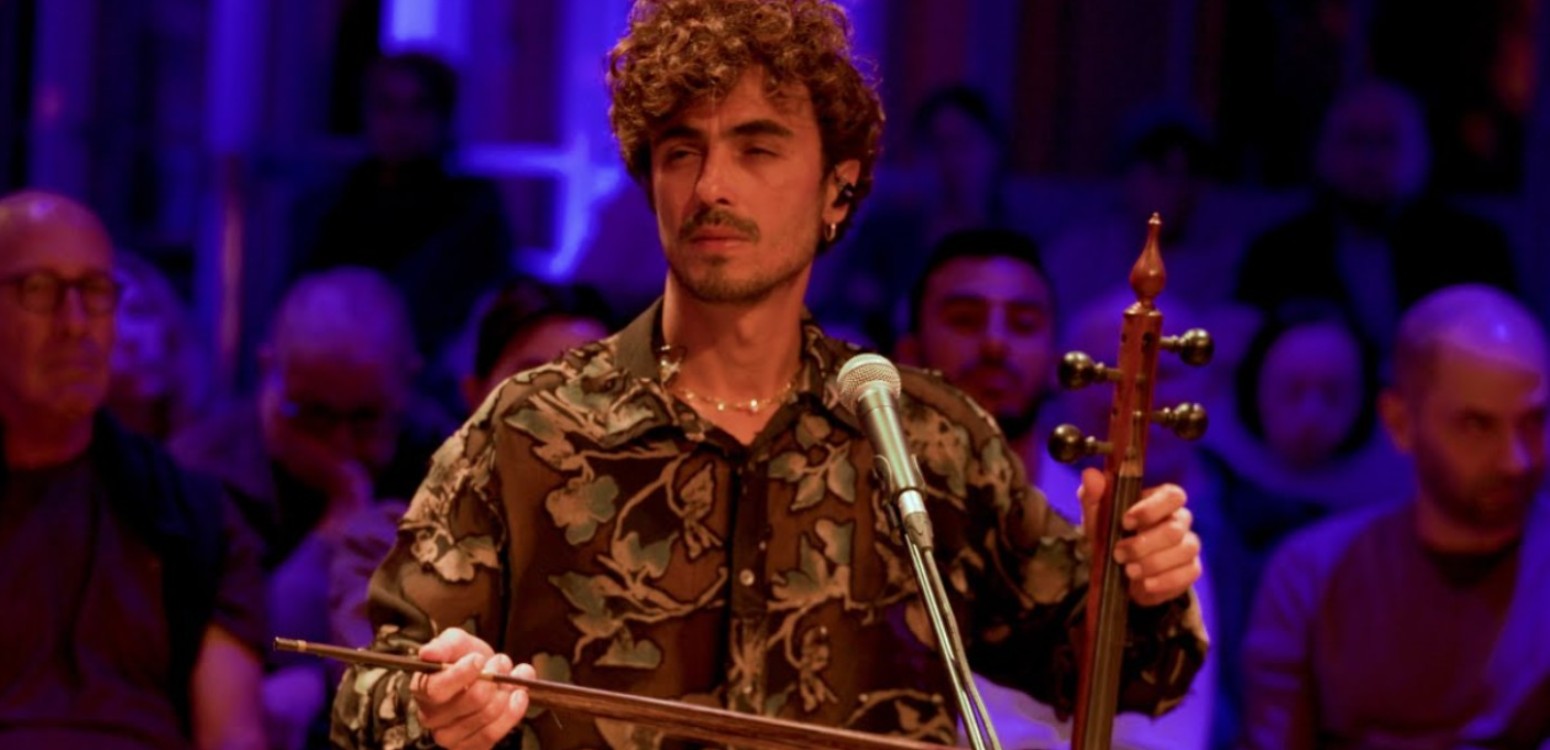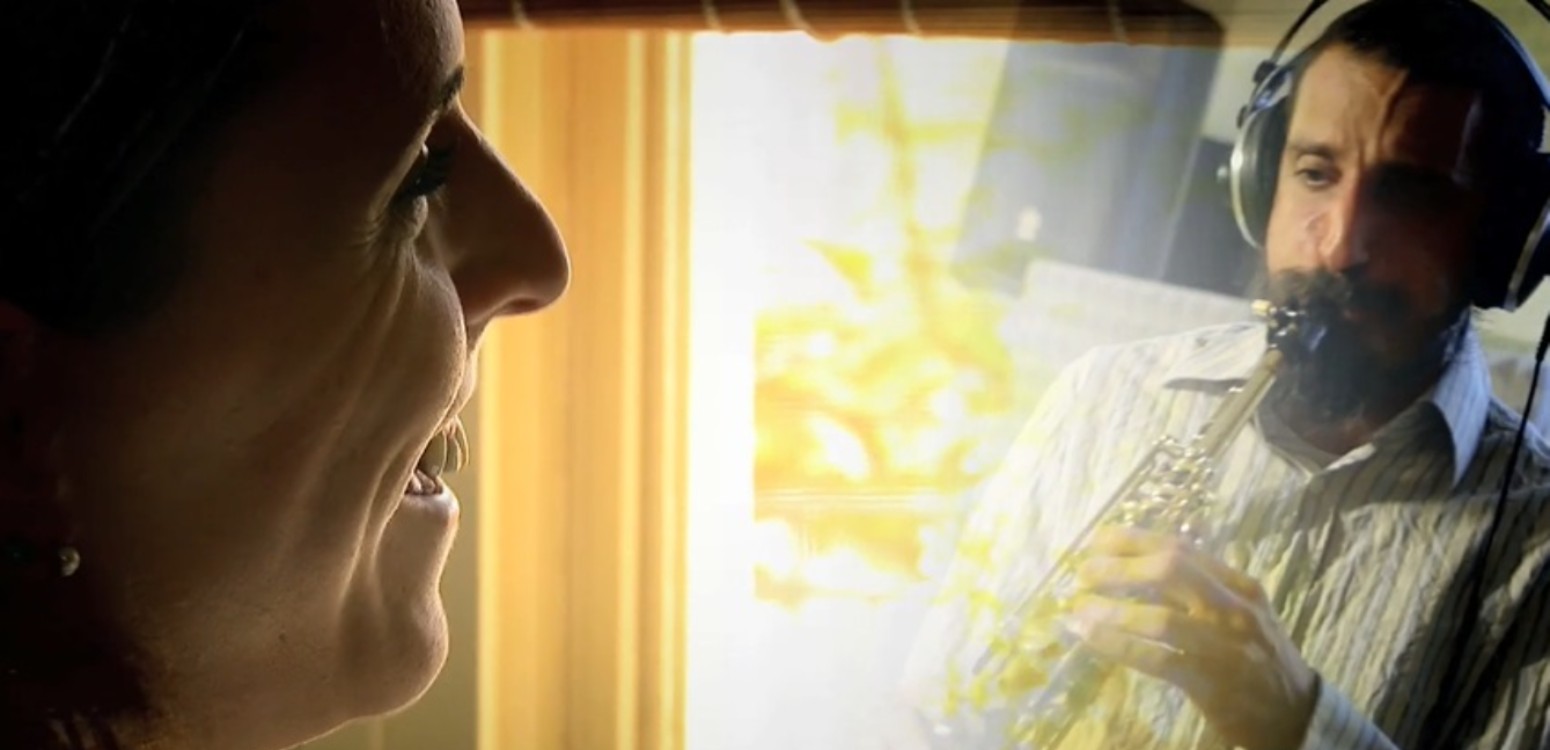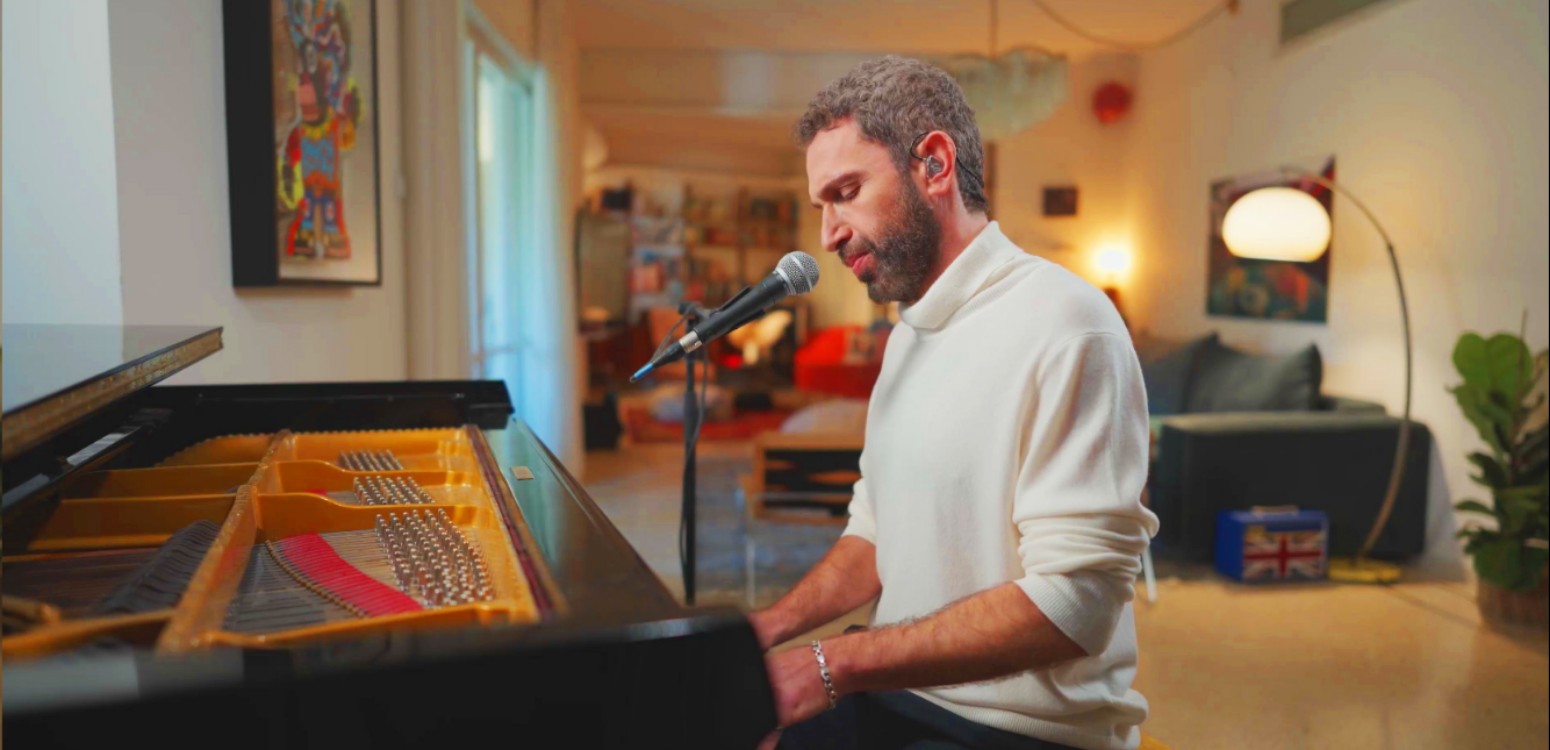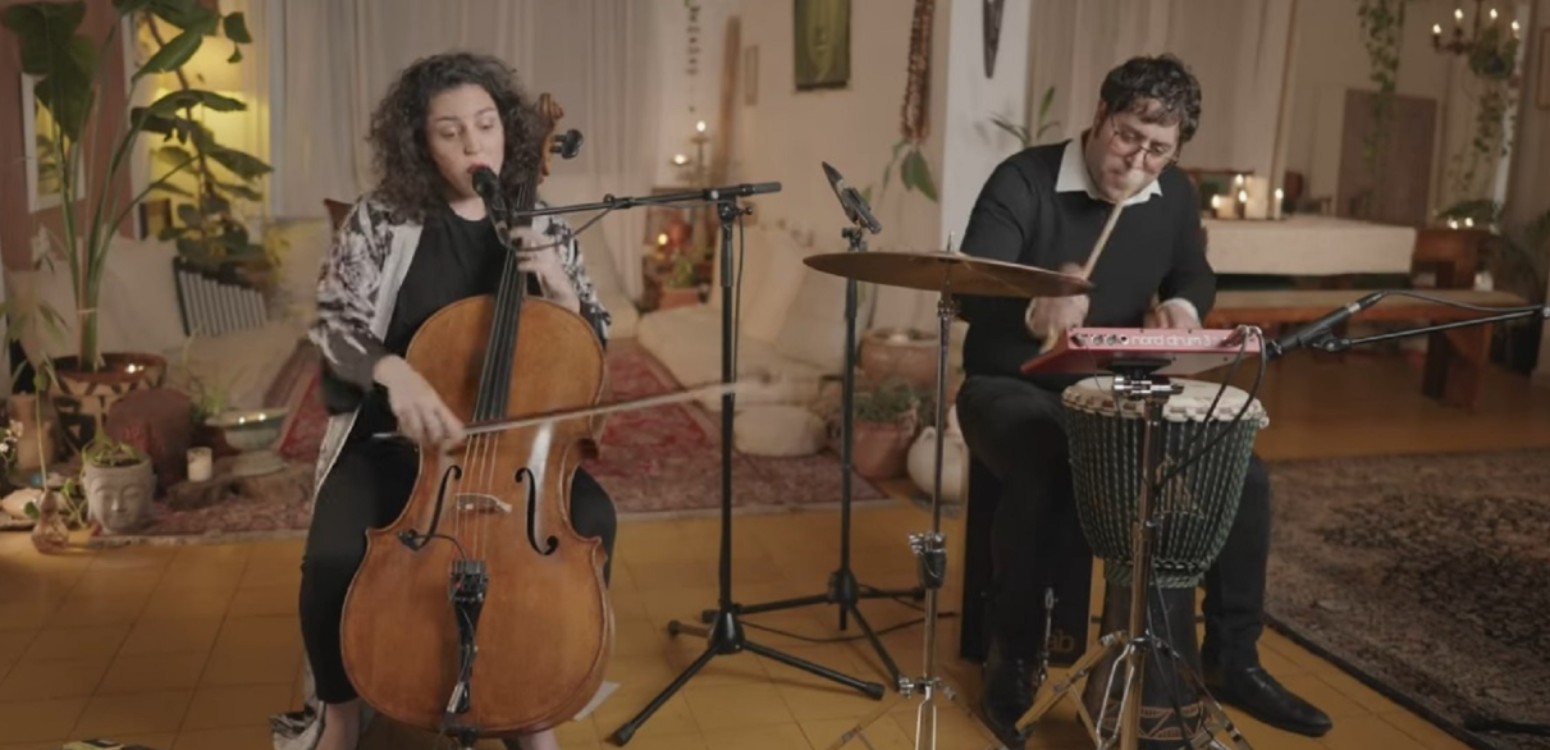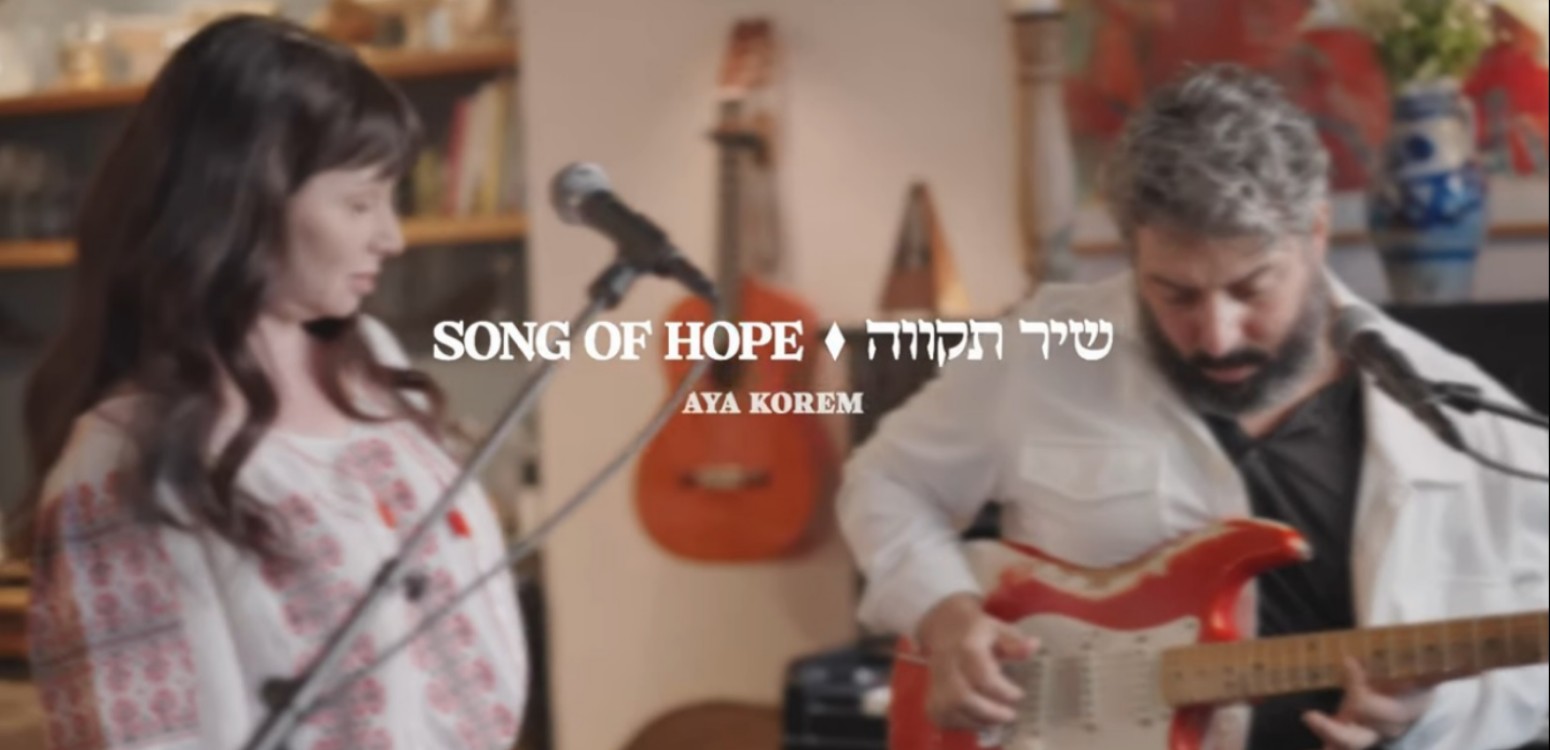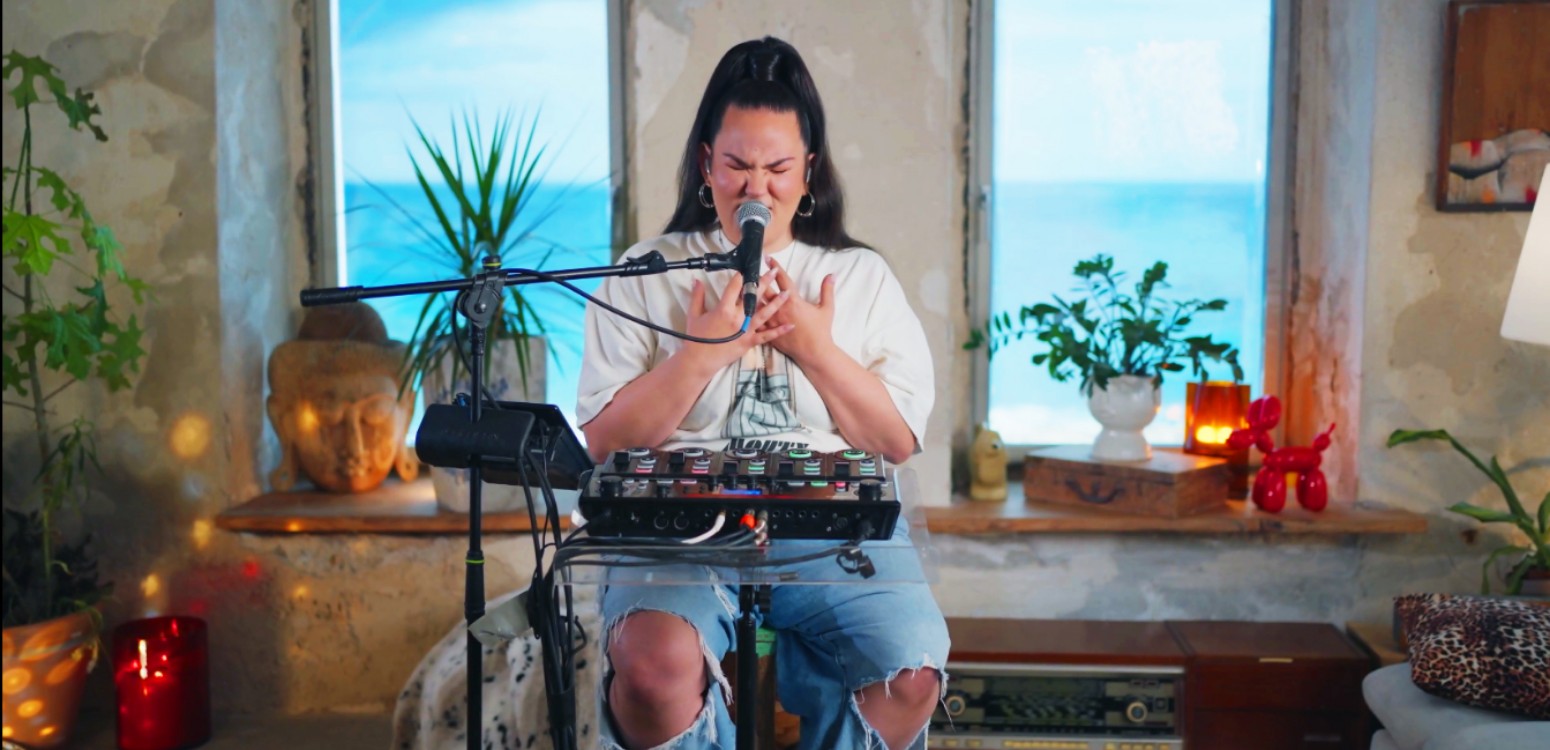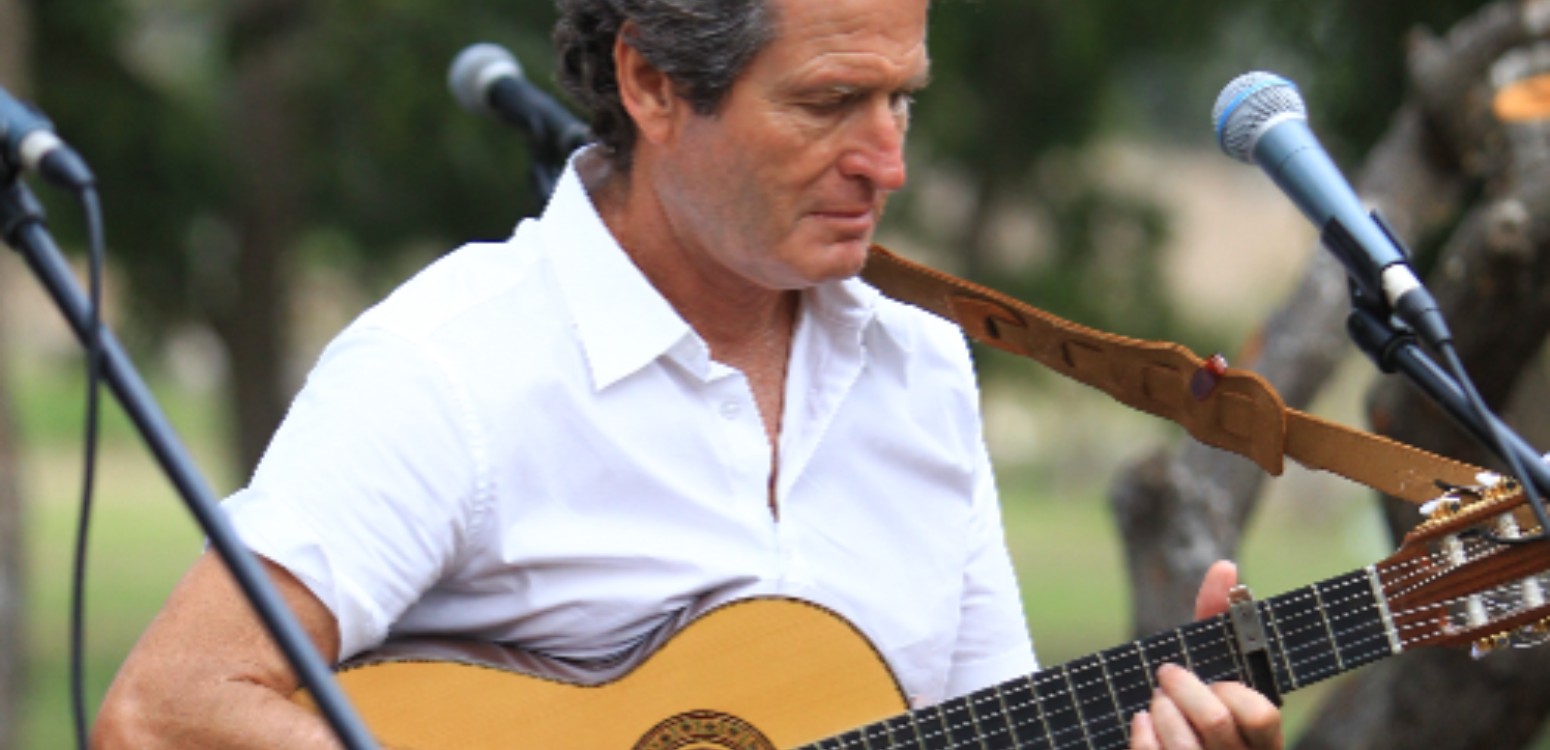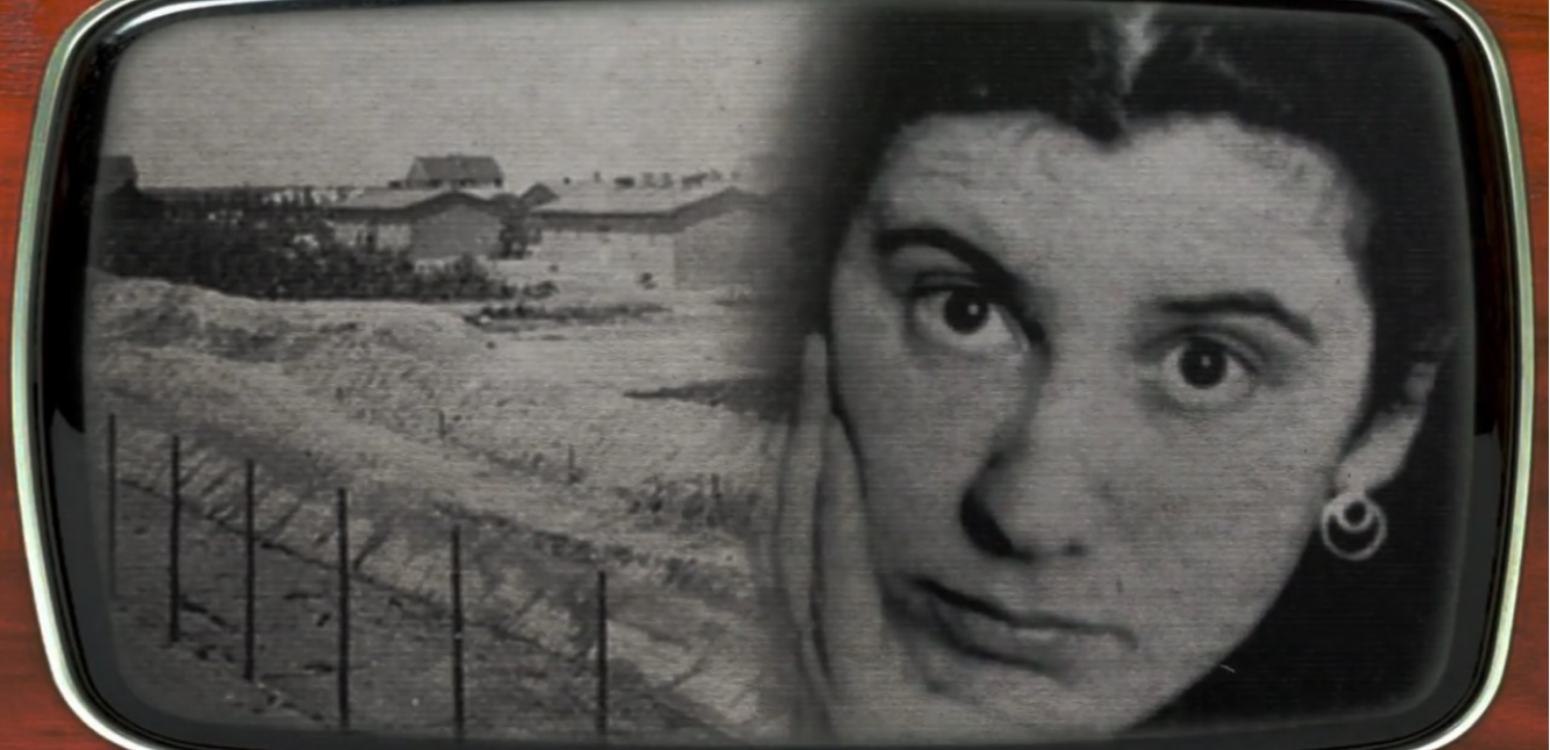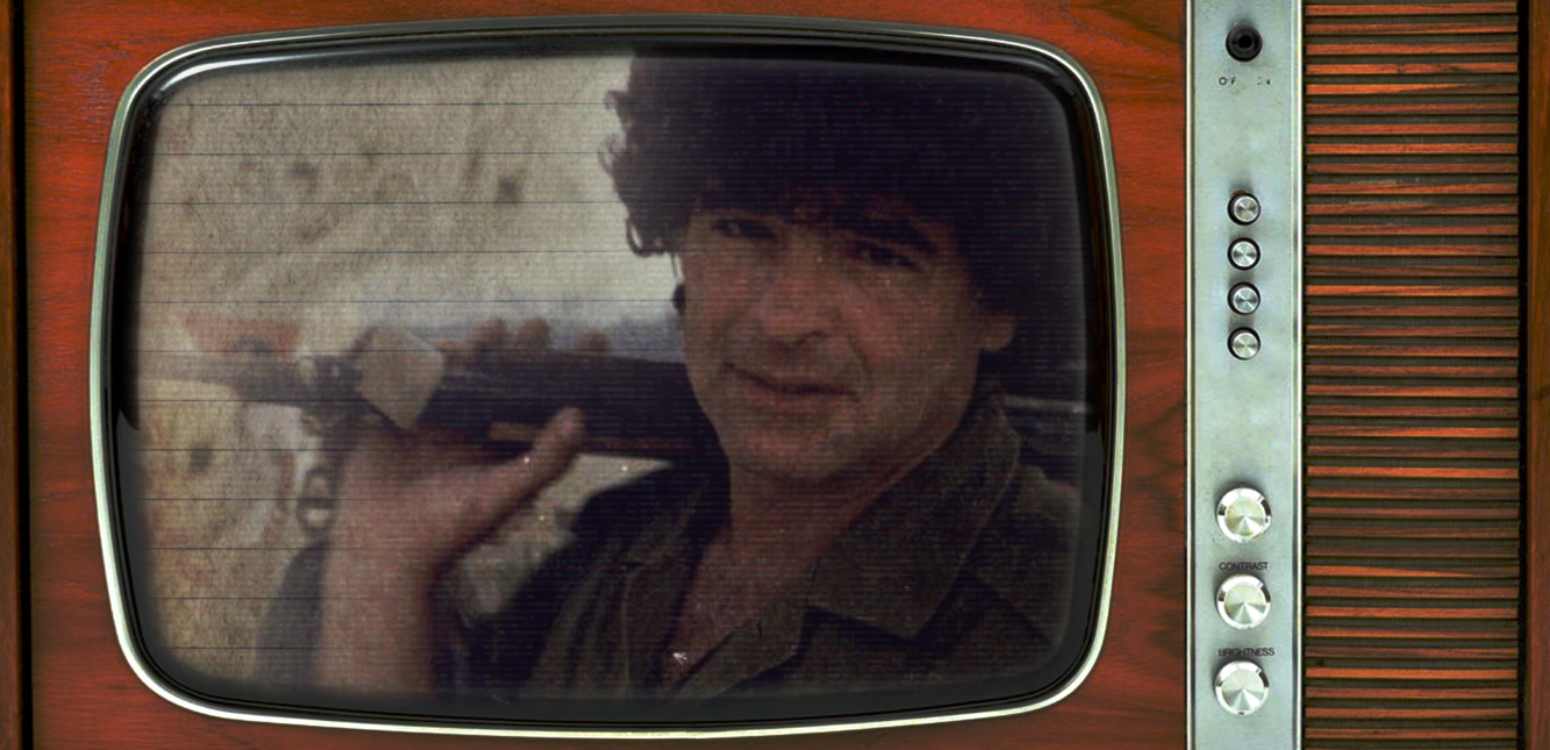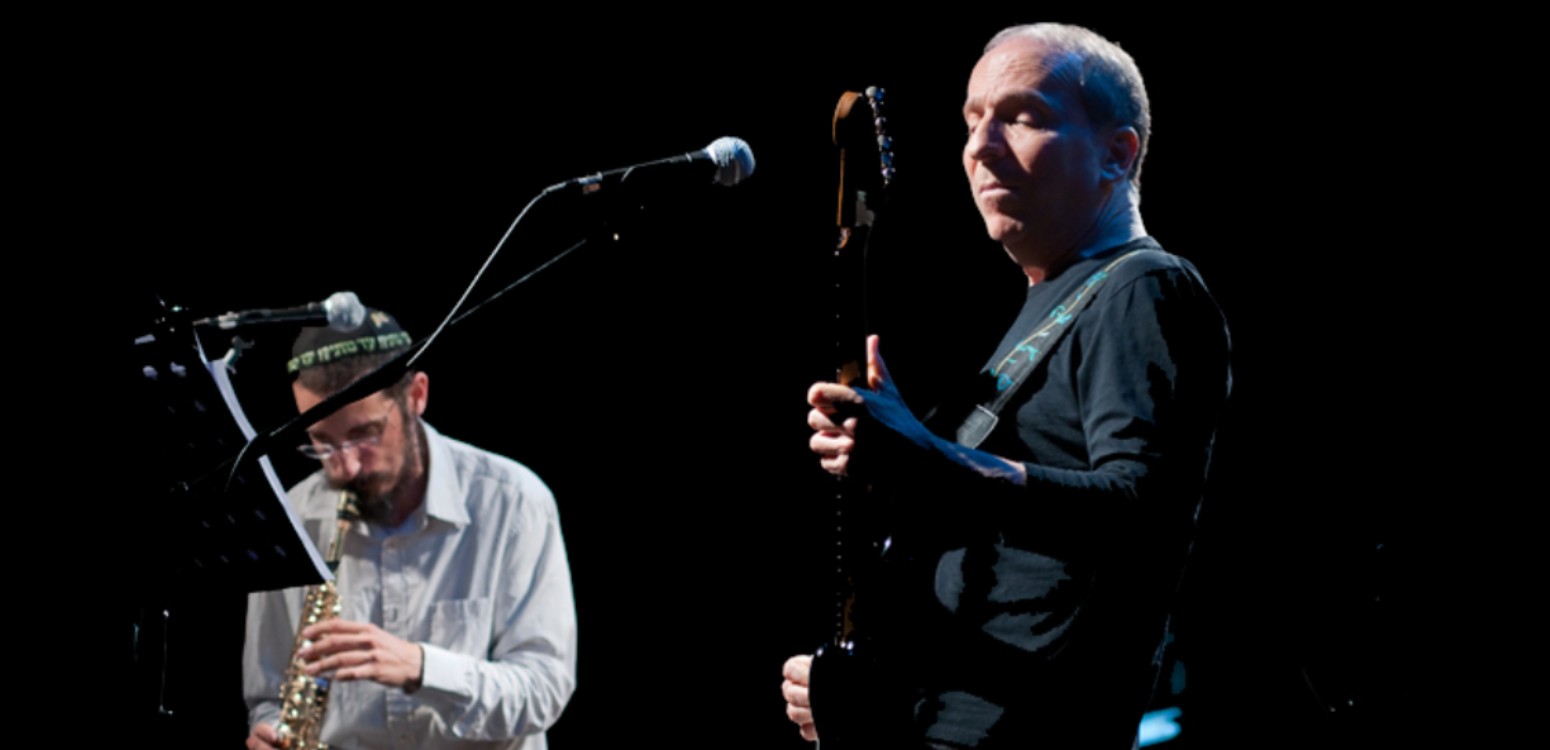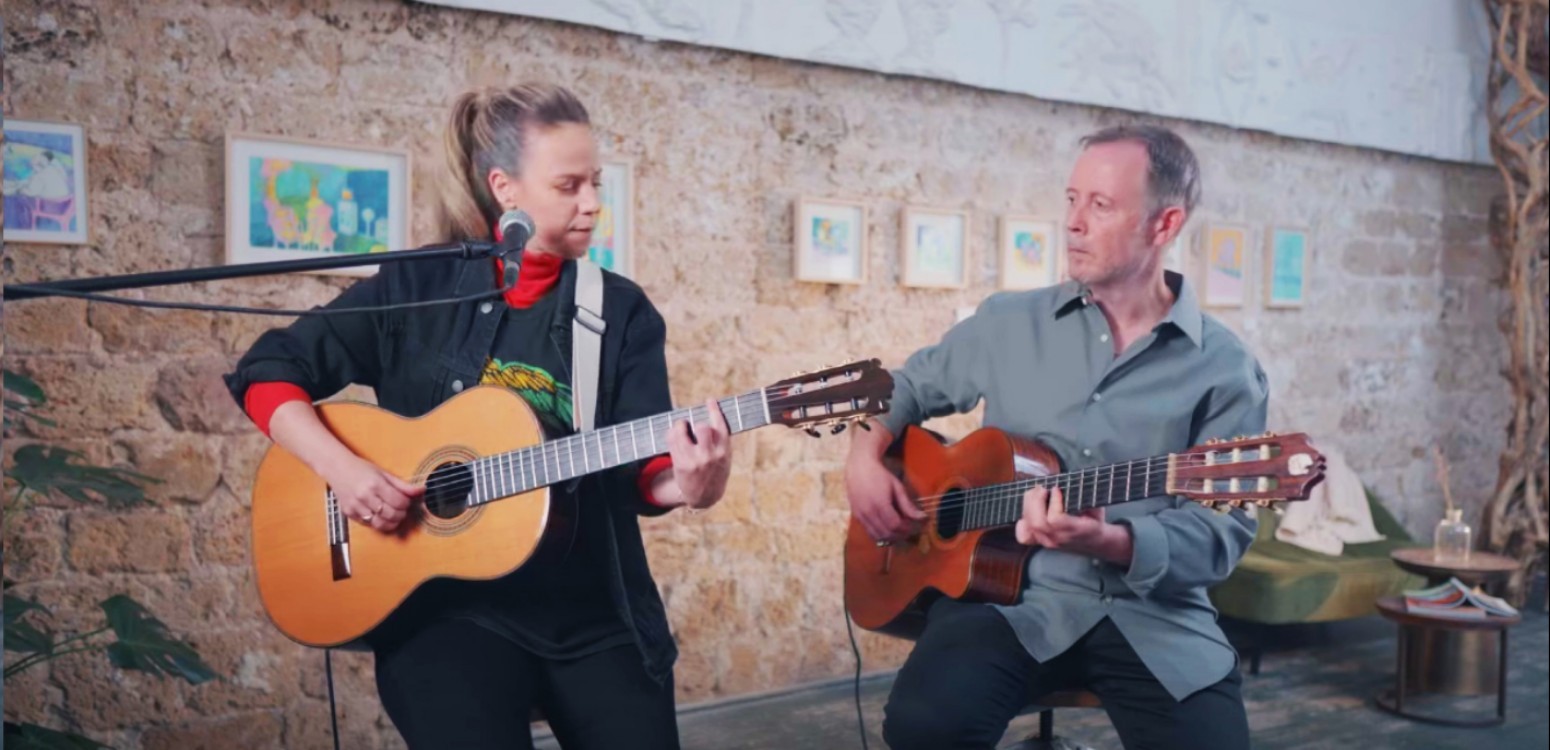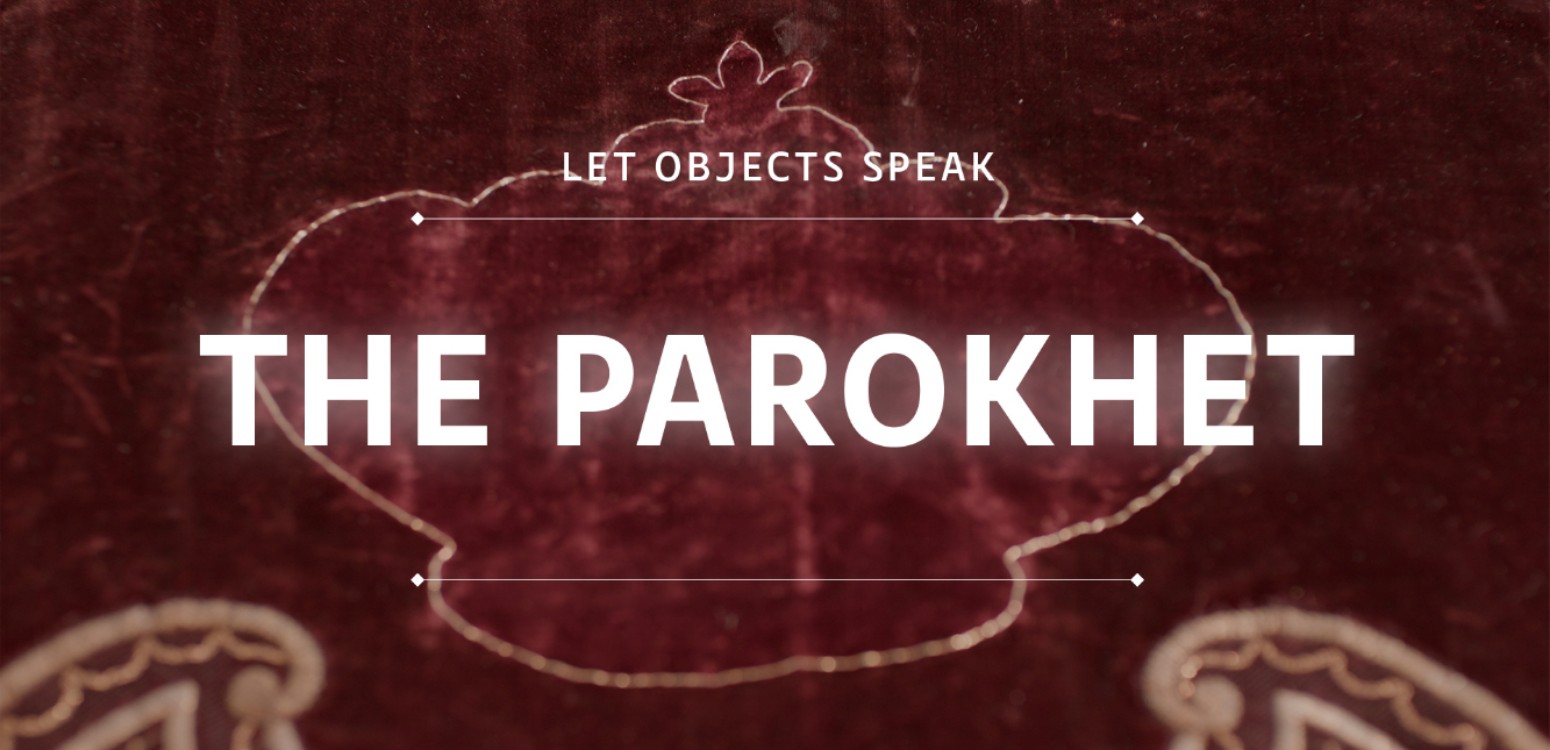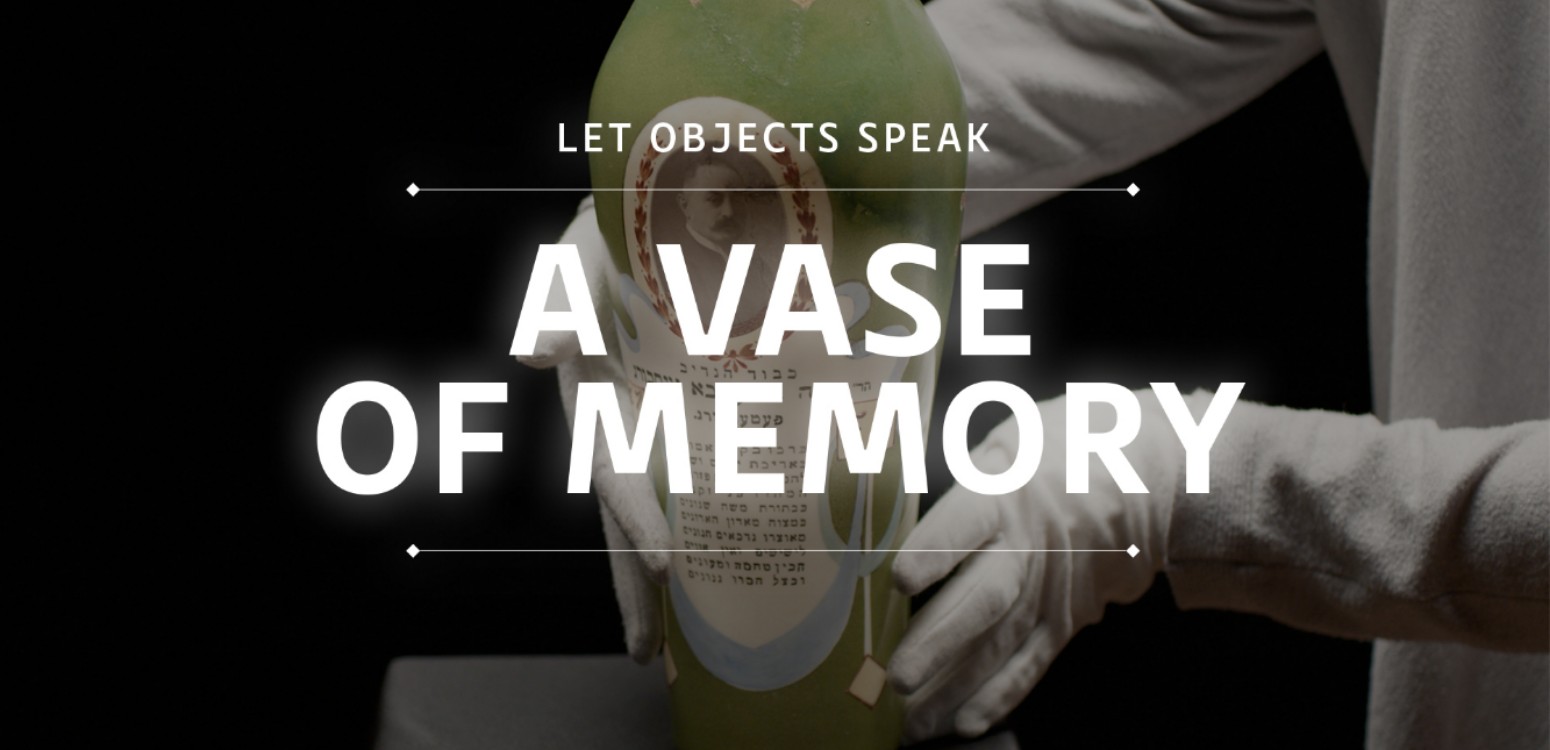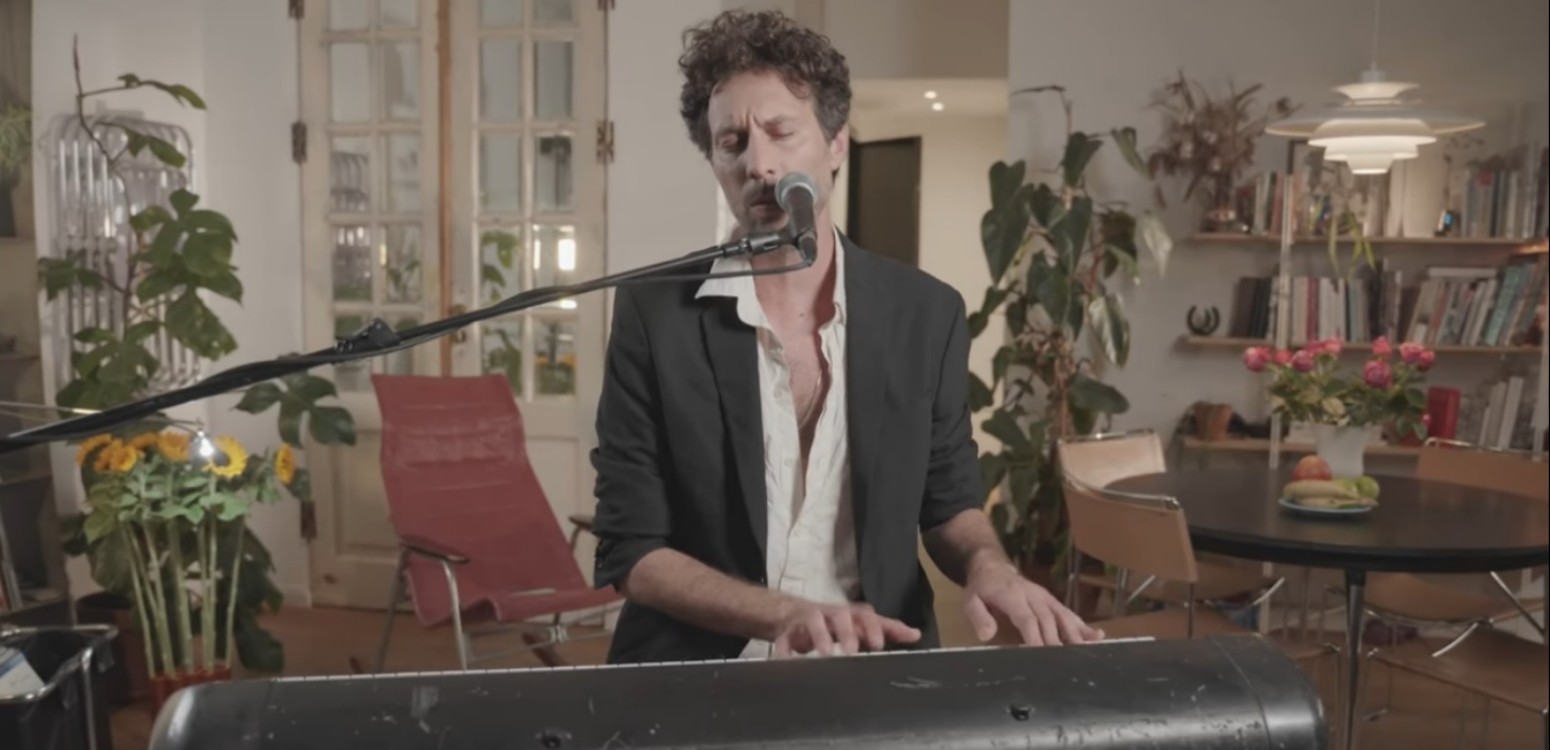
What is Shemini Atzeret? What is willow beating? What do we do on Hoshana Rabbah? Why do we sit in the sukkah in the first place? Dudu Cohen presents ten things you wanted to know about Sukkot but had no one to ask
1. Not only because our ancestors sat in sukkahs
The name of the holiday of Sukkot reflects its central mitzvah – sitting in the sukkah, as it is said in the Book of Vayikra, chapter 23: “In order that your generations will know that I caused the Children of Israel to dwell in sukkot when I brought them out of Egypt”. However, in fact, sitting in sukkahs during the Exodus is only one part of the meaning here. According to another interpretation, sitting in the sukkah is a reminder of the pillar of cloud that accompanied the Israelites in the desert and even protected them throughout their 40 years of wandering.
2. All Jewish people are reflected in the four species
Another central mitzvah on Sukkot is to shake the four species – etrog (citron), lulav (palm fond), hadass (myrtle bough), and aravah (willow branch). Various commentators have wondered why these particular species were chosen, and some answer that it is a symbol of the different types of Jewish people, according to their different qualities: etrog has both taste and smell; lulav has a taste (that of dates) but no smell; hadass has a smell but no taste; aravah has neither taste nor smell. These signify the different types of the Jewish people. The Jews who have both taste and smell, by the same logic, are the ones who have both Torah and good deeds (etrog). On the other hand, there are those who have taste and no smell, that is, they have Torah but do not actually do good deeds (lulav). There are those who boast of the smell of the mitzvah but without the taste of the Torah (hadass). And there are also those who have neither the Torah nor the good deeds (aravah). On Sukkot – especially on Sukkot – we unite the four kinds and shake them together. That is, unity above all, even if we think and behave differently.
3. Only on Sukkot: A mitzvah to rejoice!
The special thing about Sukkot is the commandment to rejoice. We also rejoice on the other holidays, of course, but here the commandment is made clear: “And you shall rejoice before the Lord your God seven days” (Vayikra 23:40), “You shall hold a festival for the Lord your God seven days, in the place that the Lord will choose; for the Lord your God will bless all your crops and all your undertakings, and you shall have nothing but joy” (Dvarim 16:15). And so Rambam wrote: “Even though on all holidays it is commanded to be happy, on Sukkot there was great joy at the Temple, as it is said ‘and you shall rejoice before the Lord your God seven days’, and therefore the commandment is to multiply this joy.”
4. Not every sukkah is kosher
You might be surprised, but even if you take planks, build a sukkah out of them, hang a sheet and throw a few branches on top to serve as a thatch, it is not always enough. There are precise and detailed laws for building the sukkah, and deviating from one of the standards will disqualify the sukkah, invalidate your mitzvah and even make the blessing of “sitting in the sukkah” void.
The minimum size of the sukkah must be seven by seven tepahim (handbreadths), the minimum height – ten tepahim, and the roof must be thatched with vegetation that doesn’t touch land or desert and so remains pure. The sukkah must be under the dome of the heavens, and therefore, sukkahs built under balconies and so on are not kosher. The sides of the sukkah must be rigid or include stretchable straps. That is, just a sheet is not kosher – we need something more fixed, so that the sheet will not move in the wind. There are many other laws regarding the number of sides, the desired amount of thatch and so on, and if you want to build a kosher sukkah, it is recommended to study these first.
5. Just eat in the sukkah? That’s not enough
The main mitzvah on Sukkot is not only to have the holiday meal in the sukkah and visit it from time to time with the children, but to literally live in it: to eat, drink, study Torah, entertain guests and even sleep in it. Some things are mandatory, some are a major mitzvah, but in any case, when eating bread or during certain lessons, staying in the Sukkah is a true obligation according to the Halacha.
6. Mitzvah from the past: Water libation and Simchat Beit HaShoeivah
In the past, when the Temple still existed, during all Sukkot days it was customary to pour water from the spring of Siloam (Gihon) on one of the corners of the altar, asking for rain. The libation ceremony was not just a technical affair, but rather it was accompanied by a large celebration, which included dancing and playing various musical instruments. This celebration was called Simchat Beit HaShoeivah, “the joy of the pump house” or "rejoicing of the water-drawing house", and it was so great that it was said that “He who has not seen the joy of the pump house, has not seen joy in his life.” This commandment was a major source of controversy between the Pharisees and the Sadducees, and therefore it was observed publicly and with extensive pomp.
Even though the Temple no longer exists and water is no longer poured on the altar, today it is still customary to hold evenings of music and dancing on the nights of Sukkot, a reminder of Simchat Beit HaShoeivah that was a tradition long ago.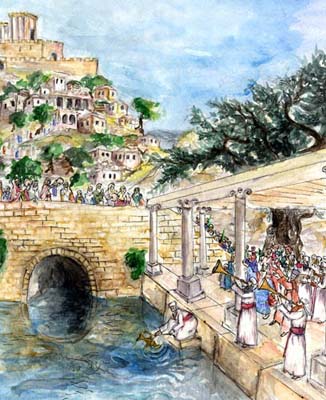
7. Mitzvah from the past #2: Additional offerings
There was another mitzvah that was also practiced when the Temple existed. As detailed in Bamidbar 29, every day another slightly different sacrifice was offered. The sacrifice consisted of a decreasing number of cows, two elk and 14 sheep. The number of elk and sheep remained the same throughout the days of the holiday, but each day the number of cows decreased. 13 cows were sacrificed on Sunday, 12 on Monday, and so on. A quick calculation reveals that 70 cows were sacrificed throughout the holiday.
8. Mitzvah from the past #3: Hosannas
Back in the day hosannas were sung at the Temple (hosanna = hôšîʿâ-nā, “save now”). These were requests for salvation, for rains to fall and for grain to grow in abundance. The source for this custom is a Chazal text in the Mishnah tractate “Rosh Hashanah” about the fact that on the “festival” (when it just says “festival”, it means Sukkot) we discuss water, that is, the amount of rain. Today we sing hosannas in the synagogue, and as we do that we surround the bimah (on which the Torah scroll is placed) with the four species.
On the seventh day of the holiday, Hoshana Rabbah is celebrated, during which the requests of hosannas are even more frequent. In addition to that, the custom of beating the willow is observed – five willow branches are bundled together and pounded against the ground.
9. The day of the final judgement: Pitka Tava
On Rosh Hashanah we discuss and determine our fate for the coming year; on Yom Kippur the sentence is sealed, but few know that the decision does not come into effect until the night of Hoshana Rabbah. This is the last chance to have your name inscribed in the Book of Life. Though on Yom Kippur the sentence is sealed, until Hoshana Rabbah it is not yet carried out, and by then many things can change. Therefore, prayers have the power to tear apart a negative sentence and turn the “note” in which our destiny for the coming year is written into a much more positive one. This is the origin of Pitka Tava, which many people use to bless each other on the night of Hoshana Rabbah. Or as is written in “Mateh Moshe”, “The Holy One, blessed be He, said to Abraham: If there is no atonement for your sons on Rosh Hashanah, let it be on Yom Kippur. If not, let it be in Hoshana Rabbah.”
10. There is no such thing as Sukkot B
Many mistakenly believe that the eighth day of Sukkot is a holiday related to Sukkot, similar to Pesach 1 and Pesach 2, but the truth is that that is Shemini Atzeret, a biblical holiday celebrated on the twenty second day of the Hebrew month of Tishrei. This holiday is celebrated on its own; this not a commemoration of a specific event, but simply a celebration of joy of God and his love for the Jewish people. So why Shemini Atzeret? Atzeret means assembly; on that day people would indeed gather for sacrifices and prayer. Shemini – because it is the eighth day from the beginning of Sukkot.
From the X century, the days of the Geonim, this festival also led into the celebration of Simchat Torah on the occasion of the end of the reading of all five books of Torah and the beginning of the reading of the first parasha, Bereshit. In addition to that, the Jewish people show their love for the Torah on this holiday by dancing with the Torah scrolls, singing happy songs, doing hakafot and so on.
Happy holiday!
This article was originally published in Hebrew.
Main Photo: Sukkoth in Kfar Etzyon\ Zachi Evenor\ Wikipedia
Also at Beit Avi Chai

